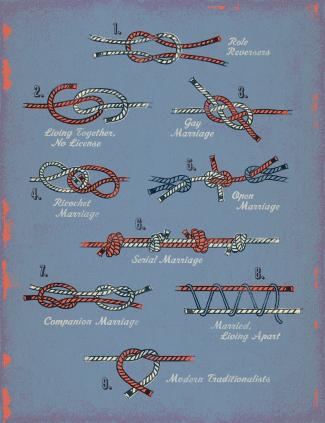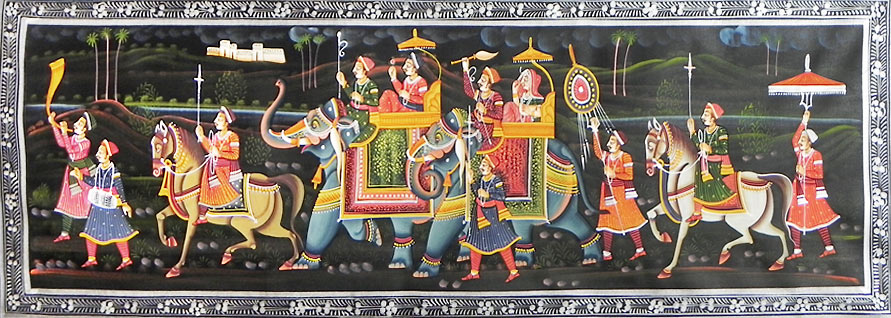It is interesting to see just how people have changed their conventional roles within their relationships to make the concept of eternal monogamy work.
We take great comfort in treating marriage as a timeless tradition. Overtime, people have adopted their lifestyles for staying in a long-term relationship, sometimes for convenience, other times for a mutually beneficial social support. And then there are those who stay in marriage for the respect and legal protection a marriage provides.

Photograph: Jens Bonnke
Throughout history, civilizations have invented various ways to nurture and protect this institution of marriage in which interpersonal relationships, usually intimate and sexual, are acknowledged. If we look back, we will discover how different tribes adopted laws that governed marital status of couple. One such tribe is early Celtic civilization in Great Britain.
The earliest tribal societies that populated Great Britain during the prehistoric age are one such example of a culture that shifted from a polygamous to a monogamous society. After the Celtics’ conversion to Christianity during the 6th and 7th centuries, polygamy was no longer accepted. As the institution of marriage became the norm, several versions of marriage evolved to suit the different sects within the culture. Nine types of marriage were created in total, all largely focused on a contract merger of property and the establishment of a family home.
The first form of marriage involved a man and woman of equal financial position, and an inventory of assets was created and shared between the two. In the second, a woman brought less or no property to the union. In the third, called caradas—from the word meaning to love—a woman welcomed a man into her home with her family’s consent, usually when the man had no wealth to contribute. In the fourth form of marriage, the union was formed between two people only by the marriage of their parents. Today, we’d call them step-siblings.
A fifth type of union, a type of present-day common-law marriage, was formed when two people lived together without the consent of the woman’s family. In the sixth type, a woman had relations with a man without her family knowing. The seventh form was due to impregnation, perhaps as a result of the sixth type of marriage. The eighth form translates to mean to join by color and by light, a euphemism at the time for abducting a woman without her consent and forcing her into marriage. The ninth was a marriage by rape.
While some of these concepts of Celtic marriages may seem distressing, they reflect the tone of many versions of marriage still present in other cultures. By trial and error, each nation, tribe, or culture created a system of contractual agreement that is explicit and unambiguous between two people. In many parts of the world, more free-spirited individuals have been conditioned to subscribe to the practice of monogamy.
By trial and error, each nation, tribe, or culture created a system of contractual agreement that is explicit and unambiguous between two people.





